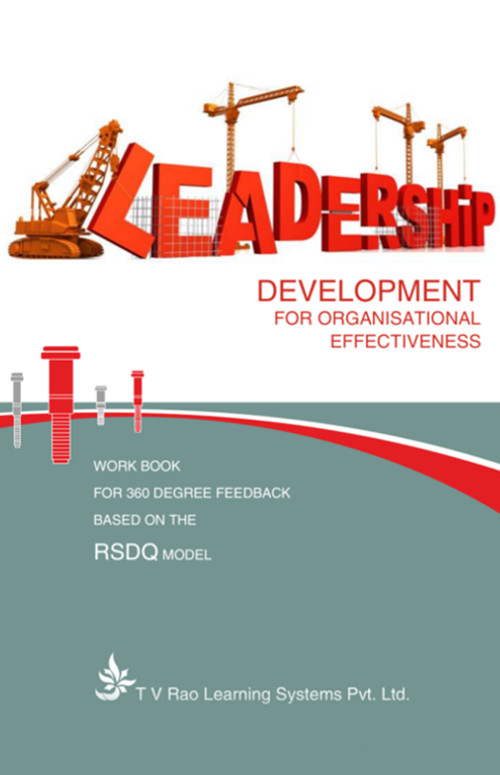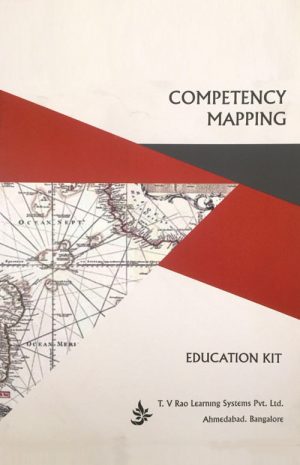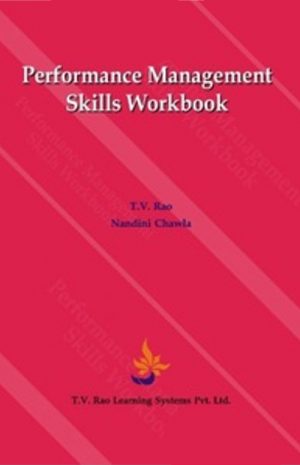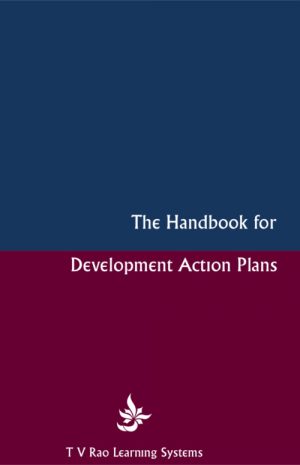Description
Table of Contents
- BOUNDARIES OF 360 DEGREE FEEDBACK
-
a. Need for Constant Awareness
- UNIT 1: INTRODUCTION
-
a. How to Get the Best from This Workbook?
- UNIT 2: MANAGERIAL AND PERSONAL EFFECTIVENESS
-
a. What Makes Us Effective As Persons And Managers?-The Johari Window Concept
b. Personal Effectiveness
c. Truths, And Nothing But Truths, About Managing People
d. Exercise 1: Enhancing Your Personal Effectiveness - UNIT 3: THE RSDQ MODEL OF LEADERSHIP DEVELOPMENT
- UNIT 4: EFFECTIVE LEADERSHIP AND MANAGERIAL ROLES
-
a. Articulating Vision, Communicating And Inspiring Employees With The Same
b. Articulating And Developing An Organizational Culture And Values
c. Inspiring, Motivating and Developing Staff
d. Internal Customer Orientation, Collaboration and Team Work
e. Exercise 2: Identifying Critical Tasks
f. Exercise 3: Action Planning For Effective Managerial Roles
g. Exercise 4: Action Planning-Areas of Focus
h. Exercise 5: Action Planning-Areas of Strength - UNIT 5: LEADERSHIP STYLES AND ACTIVITIES
-
a. Leadership Styles
b. Research Studies
c. Exercise 6: Insights About Your Leadership Styles - UNIT 6: DELEGATION
-
a. The Process of Delegation
b. Forces Influencing Delegation
c. Exercise 7: Action Plans For Delegation - UNIT 7: LEADERSHP QUALITIES
-
a. Exercise 8: Action Plan on Qualities
- UNIT 8: FOLLOW UP AND REVIEW
-
a. Exercise 9: Follow Up Activities
b. QUOTATION SOURCES AND REFERENCES



